Anchoring single atoms
Thursday, 02 September 2021 09:51Meteosat Third Generation takes major step towards its first launch
Thursday, 02 September 2021 06:30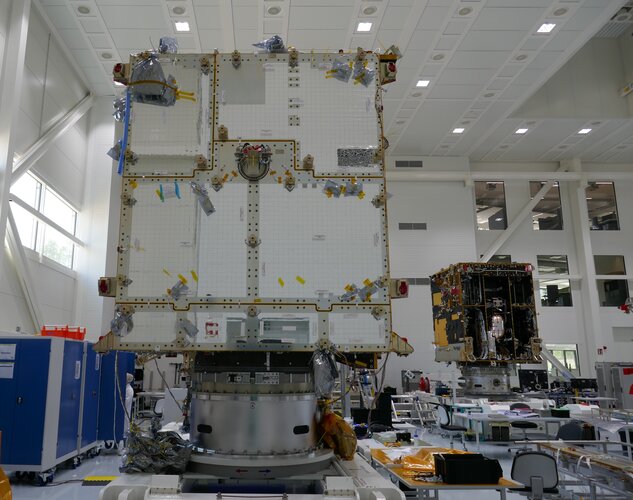
After many technical and programmatic challenges, the first satellite of the next generation of the Meteosat family has taken a major step towards its first flight, currently scheduled for launch in autumn 2022.
House Armed Services Committee approves Space National Guard, challenges DoD on space programs
Thursday, 02 September 2021 00:22
The House Armed Services Committee in its version of the 2022 National Defense Authorization Act (NDAA) passed several provisions on national security space policy and DoD procurement of space technologies.
DLR opens applications for free launch services aboard Isar Aerospace demo missions
Wednesday, 01 September 2021 21:01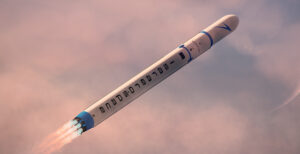
German space agency DLR began accepting applications this week for institutional payloads to fly aboard a pair of Isar Aerospace Spectrum launches free of charge.
SpaceX says Amazon’s call to dismiss Starlink amendment is a delay tactic
Wednesday, 01 September 2021 20:56
SpaceX has hit back at Amazon over its attempt to block amended plans for a second-generation Starlink constellation, calling it a delay tactic to slow down competition.
China is developing its own Mars helicopter
Wednesday, 01 September 2021 20:10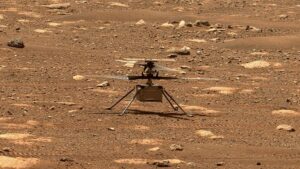
China is looking at ways of expanding its space exploration capabilities including through a vehicle similar in appearance to NASA’s Ingenuity helicopter.
NASA's Deep Space Network looks to the future
Wednesday, 01 September 2021 17:49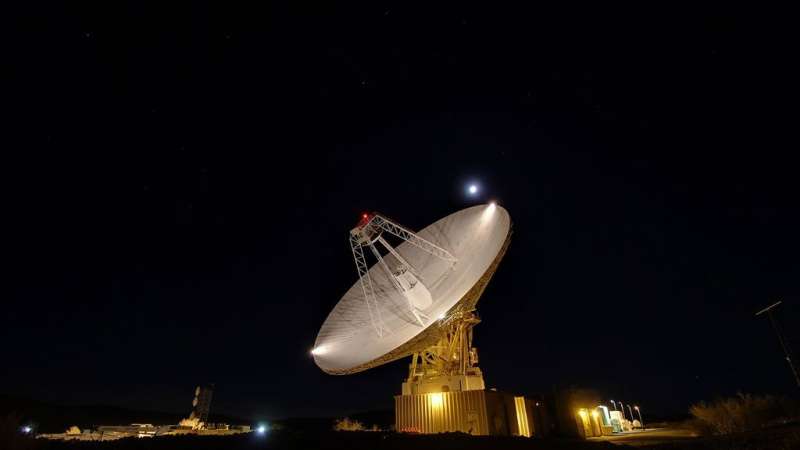
When NASA's Mars 2020 Perseverance rover touched down on the Red Planet, the agency's Deep Space Network (DSN) was there, enabling the mission to send and receive the data that helped make the event possible. When OSIRIS-REx took samples of asteroid Bennu this past year, the DSN played a crucial role, not just in sending the command sequence to the probe, but also in transmitting its stunning photos back to Earth.
The network has been the backbone of NASA's deep space communications since 1963, supporting 39 missions regularly, with more than 30 NASA missions in development. The team behind it is now working hard to increase capacity, making a number of improvements to the network that will help advance future space exploration.
Bipartisan group of lawmakers presses DoD to back Lockheed-Aerojet merger
Wednesday, 01 September 2021 17:31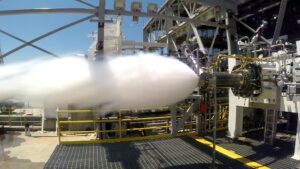
A group of 13 members of Congress in a letter argue that DoD should support Lockheed Martin’s proposed $4.4 billion acquisition of rocket engine manufacturer Aerojet Rocketdyne.
ESA and UN offer worldwide access to hypergravity testing
Wednesday, 01 September 2021 12:45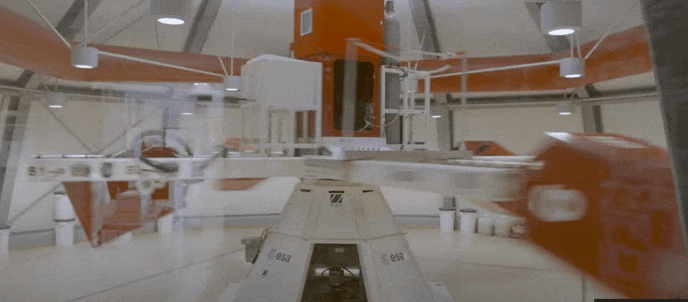
ESA and the United Nations Office for Outer Space Affairs are opening the second round of their HyperGES fellowship, part of the Access to Space For All Initiative, offering student teams around the globe the chance to perform hypergravity experiments using the Large Diameter Centrifuge at ESA’s ESTEC technical centre in the Netherlands, with a particular focus on developing nations.
Student-designed experiment to measure Earth's magnetic field arrives at Space Station
Wednesday, 01 September 2021 12:27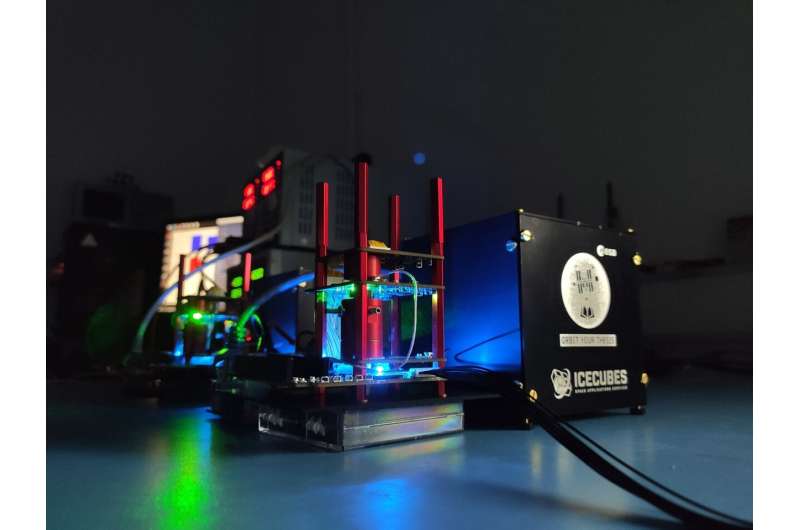
Oscar-Qube, short for Optical Sensors based on CARbon materials: QUantum Belgium, is an experiment developed by a group of students from the University of Hasselt, Belgium. Part of ESA Education Office's Orbit Your Thesis! program, the experiment arrived at the International Space Station on Space X Dragon CR23 resupply mission yesterday.
This week, ESA astronaut Thomas Pesquet will install the experiment in the Ice Cubes Facility that offers commercial and educational access to the microgravity environment of the Space Station.
Oscar-Qube's mission is to create a detailed map of Earth's magnetic field. It makes use of a new type of magnetometer that exploits diamond-based quantum sensing, meaning that it is highly sensitive, offers measurements to the nano scale, and has a better than 100-nanosecond response time.
These features combine to create a powerful experiment that, once in position, will allow it to map the Earth's magnetic field to an unrivaled level of precision.
Oscar-Qube is designed and built exclusively by the first student team to test a diamond-based quantum technology sensing device in space. They will go on to manage operations during its 10-month stay onboard the International Space Station.
Powering sustainability: Satellite propulsion underpins orbital stewardship
Wednesday, 01 September 2021 10:33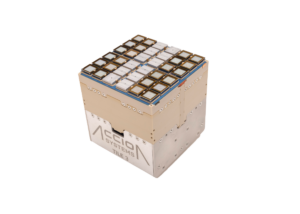
Small satellite propulsion has a critical role to play in keeping space sustainable. While in-orbit debris cleaners and other emerging capabilities capture imaginations, thrusters underpin a healthy operating environment in space.
China wants to build a spaceship that's kilometers long
Wednesday, 01 September 2021 10:08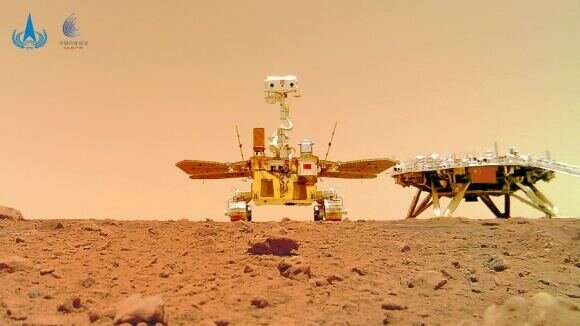
It's no secret that China has become a major contender in spaceflight. In the past 20 years, the China National Space Agency (CNSA) has accomplished some historic firsts. This includes sending astronauts to space, deploying three space stations (as part of the Tiangong program), developing heavy launch vehicles (like the Long March 5), and sending robotic explorers to the far side of the moon and Mars.
Looking ahead to the next decade and beyond, China is planning on taking even bolder steps to develop its space program. Among the many proposals the country's leaders are considering for its latest five-year plan, one involved creating an "ultra-large spacecraft spanning kilometers." Having this spacecraft in low Earth orbit (LEO) would be a game-changer for China, allowing for long-duration missions and the use of space resources.
Promising candidates revealed for next-generation LED-based data communications
Wednesday, 01 September 2021 09:48 A new paper from the University of Surrey and the University of Cambridge has detailed how two relatively unexplored semiconducting materials can satisfy the telecommunication industry's hunger for enormous amounts of data at ever-greater speeds.
Light-emitting diode (LED)-based communications techniques allow computing devices, including mobile phones, to communicate with one another by u
A new paper from the University of Surrey and the University of Cambridge has detailed how two relatively unexplored semiconducting materials can satisfy the telecommunication industry's hunger for enormous amounts of data at ever-greater speeds.
Light-emitting diode (LED)-based communications techniques allow computing devices, including mobile phones, to communicate with one another by u Cold planets exist throughout our Galaxy, even in the Galactic bulge
Wednesday, 01 September 2021 09:48 Although thousands of planets have been discovered in the Milky Way, most reside less than a few thousand light years from Earth. Yet our Galaxy is more than 100,000 light years across, making it difficult to investigate the Galactic distribution of planets. But now, a research team has found a way to overcome this hurdle.
In a study published in The Astrophysical Journal Letters, research
Although thousands of planets have been discovered in the Milky Way, most reside less than a few thousand light years from Earth. Yet our Galaxy is more than 100,000 light years across, making it difficult to investigate the Galactic distribution of planets. But now, a research team has found a way to overcome this hurdle.
In a study published in The Astrophysical Journal Letters, research 3D-printed lunar floor
Wednesday, 01 September 2021 05:20 Image:
3D-printed lunar floor
Image:
3D-printed lunar floor 
